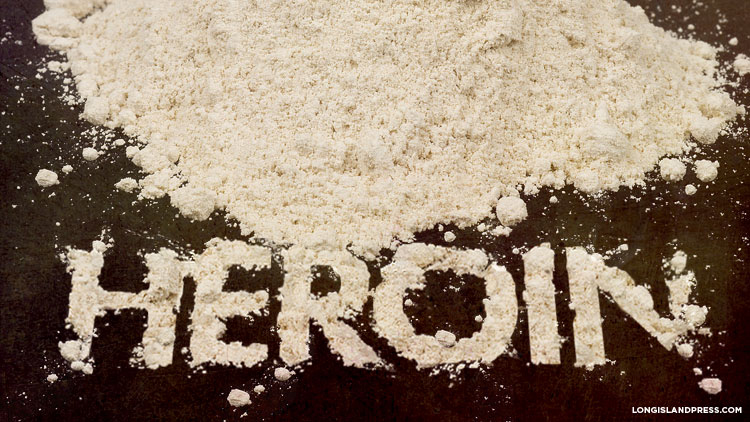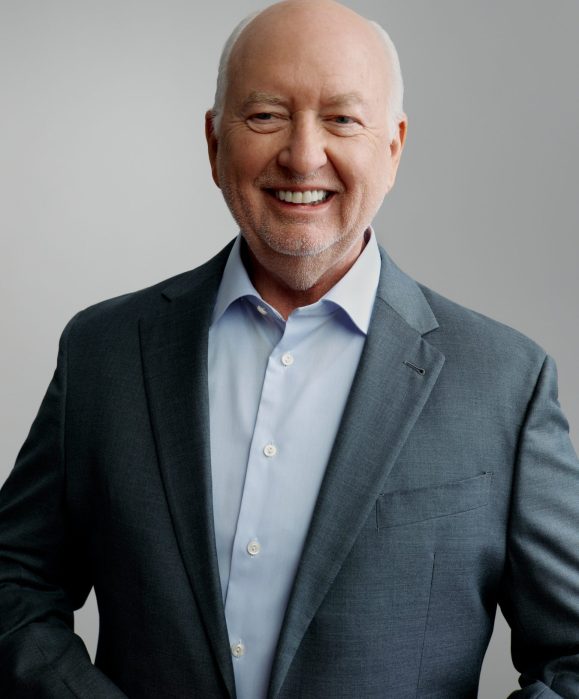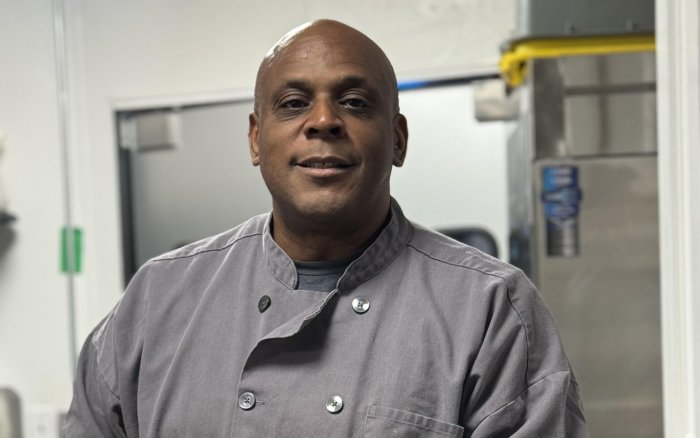By Jeffrey L. Reynolds, Ph.D.
Sparking controversy, the New York City Council recently announced that it is setting aside $100,000 to study the pros and cons of supervised injection facilities where, under the watchful eye of a health-care professional, drug users can shoot heroin using sterile equipment with naloxone nearby to treat accidental overdoses. It’s an interesting idea, and there are more than 100 such facilities in six countries, but I hate it.
Indeed, the United States is in the midst of what can only be described as one of our nation’s worst public health crises. In the face of too many heroin-related deaths and too little progress, taking a look at some novel, unconventional and even radical approaches makes sense. God knows what we are doing isn’t working, especially here on Long Island.
Still, inviting folks into a government office to fill their veins with one of most powerful narcotics on the planet feels an awful lot like we are giving up and just accepting rampant heroin use as a fait accompli. I worry about the message we’d be sending to those who are struggling with addiction, their families, those working to maintain their recovery, and at-risk young people who are often bombarded with conflicting messages about substance abuse.
Related: How Long Island Is Losing Its War On Heroin
While the message could be construed as one of compassion, it also smacks of quiet resignation following a half-hearted national attempt to address the crisis, and it can be misleading. There is no “safe” way to inject heroin. Each shot—supervised or unsupervised—fuels the disease and all of its biological, psychological and spiritual components. Substance use disorders are progressive in nature: the more you use and the longer you use, the harder the underlying disease can be to treat.
For many folks, the move from snorting heroin to putting a needle in your arm is monumental. Users talk about that being a pivotal point where hope disappears and the downward spiral accelerates. Substance abuse is extraordinarily complex, but whether supervised injection facilities might facilitate or hasten the shift to injecting—especially among young people—is a question worth asking.
And here’s another question: the average heroin user injects up to 15 times per day, often around the clock. Showing up at the facility for a morning shot might increase one’s knowledge and skills, but unless these places become rooming houses for users, who supervises the other 14 shots? Sure, we are fractionally reducing that daily level of risk by observing periodic injections, but training folks to be better drug users also feels insufficient and incomplete.
Putting aside the considerable public policy issues, there are also some potential legal hurdles here. Medical professionals—doctors, nurses and EMTs—working at such facilities may be placing their licenses at risk or, at the very least, multiplying their potential legal liability as they watch or help guide a syringe filled with potent heroin into a partially collapsed vein in the arm of a person who is mired in crisis.
There is no “safe” way to inject heroin. Each shot—supervised or unsupervised—fuels the disease and all of its biological, psychological and spiritual components.
And here’s another “fun” fact: Federal crack house laws make it a crime punishable by up to 20 years in prison to “knowingly open, lease, rent, use, or maintain any place…. for the purpose of manufacturing, distributing, or using any controlled substance.” Though the feds haven’t rushed to enforce federal drug law statutes in states that have legalized marijuana, this contradiction is exponentially bigger, and it may prompt a fight regardless of who moves into the White House in January.
Locally, New York City, Ithaca and other municipalities across the nation looking at supervised injection facilities will struggle with community opposition. It’s hard to imagine how that conversation would go here on Long Island, a place where NIMBYism kills virtually everything from affordable housing to group homes for the developmentally disabled. And unless you put a facility on every corner, including places where heroin runs rampant, such as Garden City, Syosset, Great Neck and Southampton, accessibility will also be an issue.
As much as I hate the idea of state-sponsored shooting galleries, I also hate the fact that people with substance use disorders are dying in droves from preventable overdoses and from a treatable disease. Suffolk County leads the state in overdose fatalities, in part because drug users often use in isolation—and nobody has taught them how to reduce the risk to their health as they walk a path that doesn’t yet include abstinence.
It’s a very hard conversation to have. In the meantime, thousands of young people in our region and across the country are getting staph infections, landing in hospitals with endocarditis and suffering other medical complications because they are sharing and re-using syringes, injecting above the heart, and don’t know how to spot the early signs of an overdose. And just wait until the new HIV and Hepatitis C diagnoses start rolling in among young people who were in diapers when red ribbons were all the rage.
Look, we know that harm reduction works. The data on syringe-exchange programs and naloxone distribution is clear: both save lives. Does taking the additional step to actually help the person inject heroin increase the public health benefits or does it let government off the hook in the search for more robust and lasting solutions to address addiction? In today’s political climate, it’s not hard to imagine conversations that invoke social Darwinism and end with: “Let’s just give ’em the heroin and be done with it.”
Conducting scientifically valid studies is never a bad idea, but I can think of 100 other ways to spend the $100,000 that New York City is devoting to this report. How about we make sure every school has an evidence-based substance abuse prevention program and offers mental health screenings to students? How about we enhance access to top-quality addiction treatment in a wide variety of settings?
How about we re-think the way we deliver treatment services and make insurance companies pay their fair share without limiting lengths of stay? How about we remove the stigma associated with medication assisted treatment (MAT) and make sure it’s accessible to everyone who needs it for as long as they need it? Suppose we create recovery centers in every community and launch job-training programs for young people? Most importantly, how about we remove the shame and stigma associated with the disease of addiction?
Some would argue that supervised injection facilities are a critical part of that equation, but I’m still left wondering if this is really the best we can do.
Dr. Jeffrey Reynolds is President/CEO of the nonprofit Family and Children’s Association (FCA), which operates two chemical dependency treatment centers and a variety of programs for at-risk youth.


































